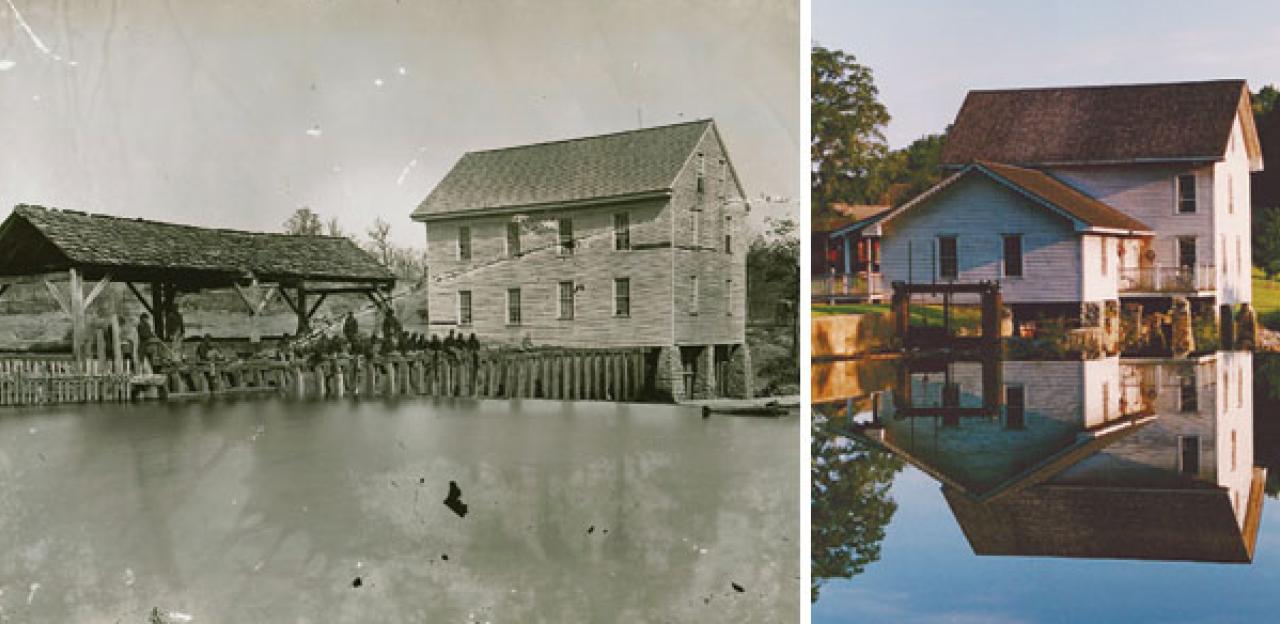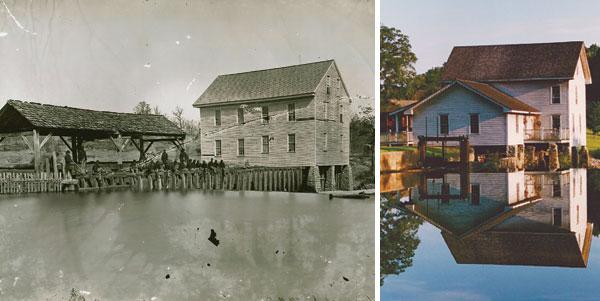Page from the Past

Hallowed Ground Magazine, Fall 2010
While the number of extant Civil War images is heavily weighted toward the Eastern Theater, there were hundreds of wartime photos recorded elsewhere. Sweeping panoramas at Chattanooga, desolate fortifications around Atlanta, riverboats at Shiloh, dead Confederate soldiers at Corinth and camp life at Mill Springs, Ky., were all captured on glass. These images illustrate the western war zone as distinct from that of the east on numerous levels.
Still, for many western battlefields, due to the distances between sites and the dearth of necessary chemicals, the photographic record is slim. As one example, the catalog for Brandy Station, Va., where more than 500 documentary photos were taken in 1863 and 1864 alone, dwarfs the number recorded during the campaigns around Atlanta, Shiloh, Vicksburg, Corinth, and the Carolinas combined.
The bloodiest battle of the west, Chickamauga, is no exception in quantity or content. Of the few available wartime photographs recorded around the Chickamauga Battlefield, none show well-known battlefield locations like the Brotherton Farm, Snodgrass Hill, or Reed’s Bridge. Rather, lenses were focused upon sites south of the National Park Service’s Chickamauga Battlefield holdings — particularly Lee & Gordon’s Mills and Crawfish Springs.


Veterans knew these locales as part of the Chickamauga Battlefield, although today they are not always seen as such. From maneuvers and skirmishing, to division hospitals, these sites were just as much a part of the battlefield as many sites that are today owned by the National Park Service. Generals from both sides stopped at Lee & Gordon’s Mills and fierce skirmishing occurred there before and during the battle. Union soldiers went to Crawfish Springs to fill their canteens with the pellucid spring water. Mostly because of the intense need for water, seven of the nine Union division hospitals were located within a mile of the spring.
Although these images are found within the Brady Collection at the National Archives, it is highly unlikely that his team was responsible for the images, and the true photographer of these war-time views remains a mystery. Possibly, George Barnard recorded the views in association with his known 1864 series.


